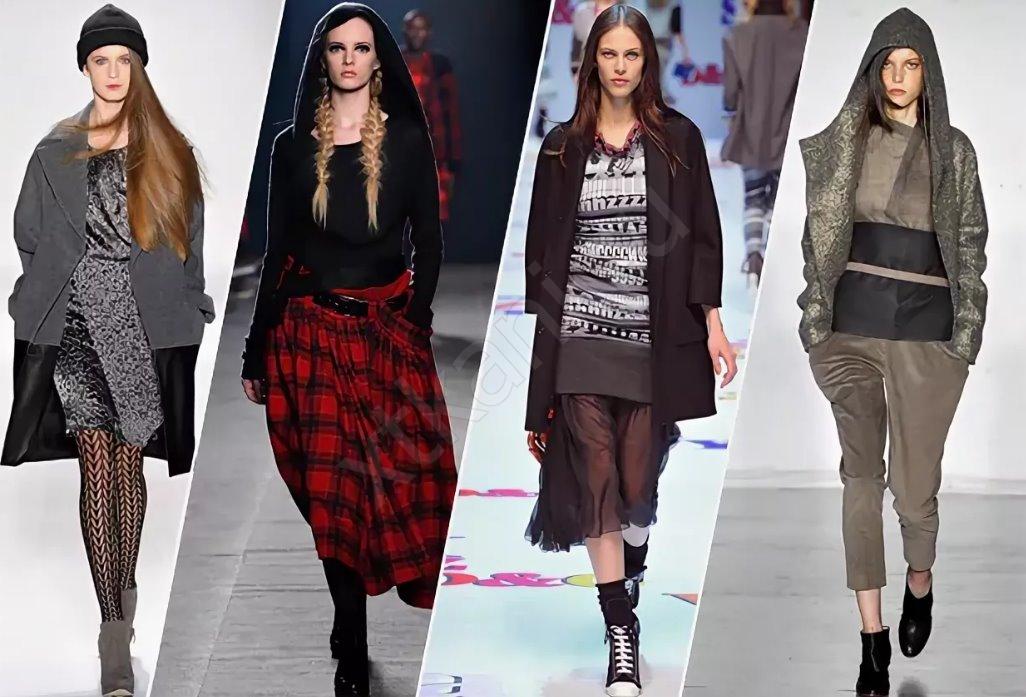Grunge fashion, once a symbol of youthful rebellion and anti-establishment sentiments in the 1990s, is making a significant comeback in contemporary fashion. This revival reflects not only a resurgence of nostalgia for the decade but also the adaptability and timeless appeal of grunge aesthetics. The grunge look is characterized by its raw, casual, and often unpolished style, which blends elements of punk, rock, and streetwear. It embodies a deliberate rejection of the polished, excessive fashion trends of the 1980s, making it an enduring symbol of individualism and nonconformity. In this article, we explore the origins, cultural impact, and modern reinterpretation of grunge fashion, examining how its elements have been revived and reimagined for today’s fashion landscape.
The Origins and Evolution of Grunge Fashion
The Birth of Grunge in Seattle
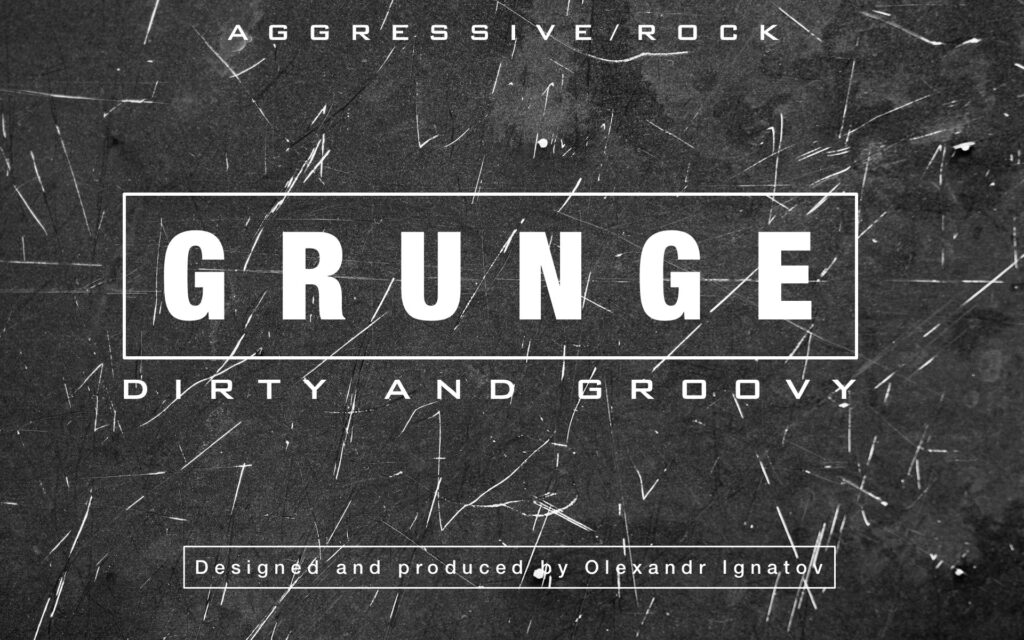
Grunge fashion was born out of the vibrant music scene in Seattle in the late 1980s and early 1990s. Bands like Nirvana, Pearl Jam, and Soundgarden became synonymous with the grunge sound—a raw, distorted mix of punk rock and heavy metal. The style of grunge fashion was intrinsically linked to the music itself, reflecting a laid-back, anti-glam aesthetic that went against the materialism and over-the-top fashion of the 1980s. The streets of Seattle, with their rainy weather and thrift shops, provided the perfect backdrop for this new, DIY style. The grunge look was characterized by its rough, practical, and often second-hand clothing, challenging the notion of fashion as an indicator of social status. Pieces like plaid flannel shirts, oversized jeans, and combat boots became staples, reflecting the “grunge” ethos of rejection of consumerism and striving for authenticity.
Key Fashion Influences
Grunge fashion was heavily influenced by thrift stores and second-hand clothing, which became the primary sources for many grunge outfits. This was partly due to economic necessity for some, but also a deliberate choice to avoid the mainstream fashion industry. The concept of the “slacker” emerged—young people who embraced an unkempt, indifferent look, wearing clothes that were worn out or altered. Icons like Kurt Cobain of Nirvana and Courtney Love of Hole epitomized this grunge style. Cobain’s disheveled appearance and Courtney Love’s grungy, but feminine, outfits became defining elements of the look. These figures, along with other musicians, played a crucial role in spreading the grunge fashion ethos beyond the Pacific Northwest, integrating it into the broader American youth culture.
Cultural Impact of Grunge Fashion
Grunge as a Rebellion
Grunge fashion was not just about clothing; it was a form of rebellion against the excesses of the 1980s. The style rejected the consumerist ethos, favoring thrifted, worn-out garments over new, expensive fashion items. This was a deliberate statement against the glamor and gloss of the era’s mainstream fashion, embodied by designers like Gianni Versace and the power dressing aesthetic. Grunge challenged traditional notions of femininity and masculinity, embracing androgyny and a nonchalant attitude towards appearance. The anti-fashion sentiment of grunge was a key part of its appeal, embodying a sense of disconnection from material success and mainstream culture. It spoke to the youth’s desire for authenticity and the rejection of artifice, making it a powerful cultural and social movement.
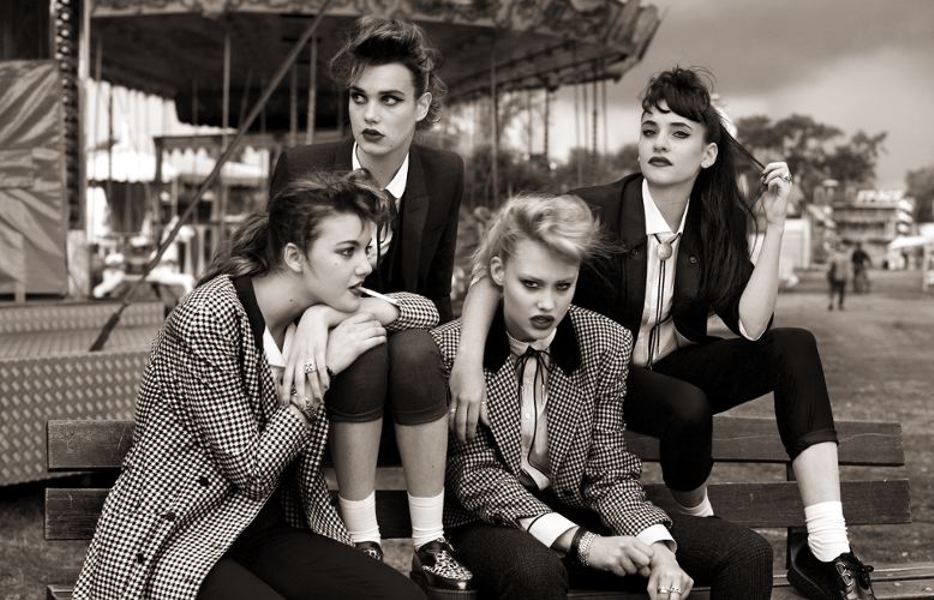
Grunge in Music and Art
The synergy between grunge fashion and the grunge music movement was undeniable. Bands like Nirvana and Soundgarden were not just musicians; they were cultural icons whose music and style became synonymous with a generation’s discontent. The grunge aesthetic extended to album covers, music videos, and live performances, reinforcing the anti-establishment message. The fashion choices of these bands’ members were critical to their identity; the “unwashed” look was not just a style but a rebellion against the notion that fashion needed to be polished and perfect. Photographers like Corinne Day, who captured the raw, real-life grunge look in her portraits, immortalized this aesthetic, influencing not only fashion but also visual art and photography.
Gender and Identity in Grunge
Grunge fashion also broke down traditional gender roles. The androgynous style, epitomized by Cobain’s loose shirts and baggy jeans, rejected the strict binaries of masculinity and femininity. Grunge was inherently subversive in its approach to gender; it allowed for a fluid expression of identity that was not constrained by societal norms. Courtney Love’s grunge-chic look was an early example of how women could embrace a rugged, less sexualized style. This contributed to a broader conversation about gender roles and feminism within fashion. Grunge’s embracing of imperfection and unkempt appearances was a form of empowerment for many young people, giving them permission to resist societal pressures to conform.
Revival of Grunge Fashion in the 21st Century
The Nostalgia Factor
The revival of grunge fashion can be attributed to the cyclical nature of fashion trends and the nostalgia for the 90s. Millennials and Generation Z have a strong connection to the 90s, partly through pop culture and partly through their own childhoods. The resurgence of grunge fashion aligns with a broader movement towards vintage and second-hand shopping, reflecting a desire for authenticity and the rejection of fast fashion. The internet and social media have played a significant role in this revival, enabling fashion influencers and bloggers to showcase grunge-inspired looks. This digital amplification has made it easier for the younger generation to access and reinterpret grunge fashion, creating a new wave of fashionistas who are remixing grunge with contemporary streetwear and high fashion.
Key Trends in the Modern Grunge Aesthetic
Modern grunge is a fusion of its 90s origins with contemporary elements. The focus on sustainability is a significant part of this revival, with many brands now using eco-friendly fabrics and vintage pieces. The aesthetics have evolved to include elements of street style, incorporating chunky sneakers, oversized hoodies, and graphic tees. Grunge-inspired collections from designers like Marc Jacobs have embraced these trends, offering reinterpretations of classic grunge looks with a modern twist. This new iteration of grunge is not just a nod to the past but a conscious and deliberate choice in fashion that incorporates eco-conscious practices and promotes individuality.
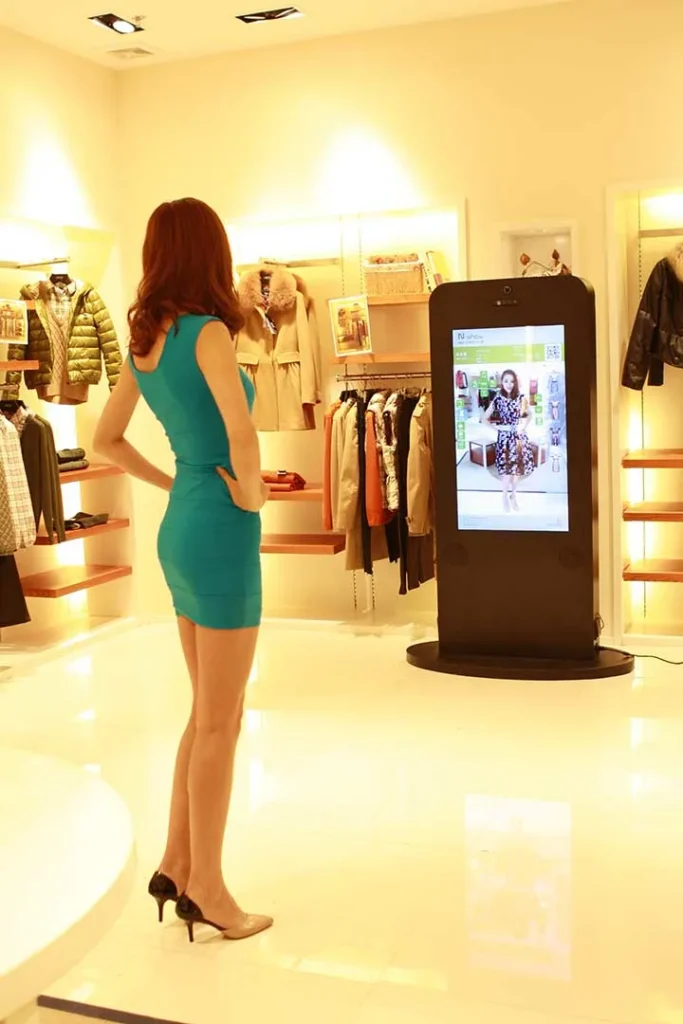
Grunge Collaborations
The integration of grunge elements into high fashion has been facilitated through collaborations between designers and celebrities. Brands like Stüssy, Supreme, and Levi’s have released grunge-themed collections that incorporate plaid shirts, distressed denim, and graphic prints—key components of the original grunge style. Celebrities such as Harry Styles and Phoebe Bridgers have also embraced grunge fashion in their personal styles, bringing the look into the mainstream. These collaborations and celebrity endorsements have helped validate grunge as a legitimate and relevant fashion trend today, bridging the gap between streetwear and high fashion.
Impact on Contemporary Fashion
Grunge and Streetwear
The fusion of grunge with streetwear has created a new, modern aesthetic. Grunge’s casual, unpolished look has been incorporated into everyday fashion, with brands blending elements like plaid shirts and combat boots with streetwear staples like oversized sweatshirts and sneakers. This merging has led to the creation of a relaxed, yet still edgy, style that resonates with the younger generation. The grunge influence can be seen in the current popularity of vintage and thrift shopping, with many young people opting for second-hand clothing to achieve that effortless, “just thrown together” look. The popularity of brands like Converse, Dr. Martens, and Levi’s also reflects this grunge influence, offering classic grunge pieces that are now considered timeless.
Fashion Designers Embracing Grunge
Several designers have integrated grunge into their collections, blending it with other influences to create fresh and modern designs. Marc Jacobs’ grunge-inspired collections have been particularly influential, showcasing the aesthetic’s enduring appeal. His ability to reinterpret grunge through a high-fashion lens has made it more accessible to a wider audience. Additionally, designers like Raf Simons and Vivienne Westwood have incorporated grunge elements into their runway shows, bringing an updated version of the style to the forefront of fashion. These designers celebrate grunge’s spirit of nonconformity and individuality, making it a relevant and forward-thinking trend in today’s fashion world.
Consumer Engagement
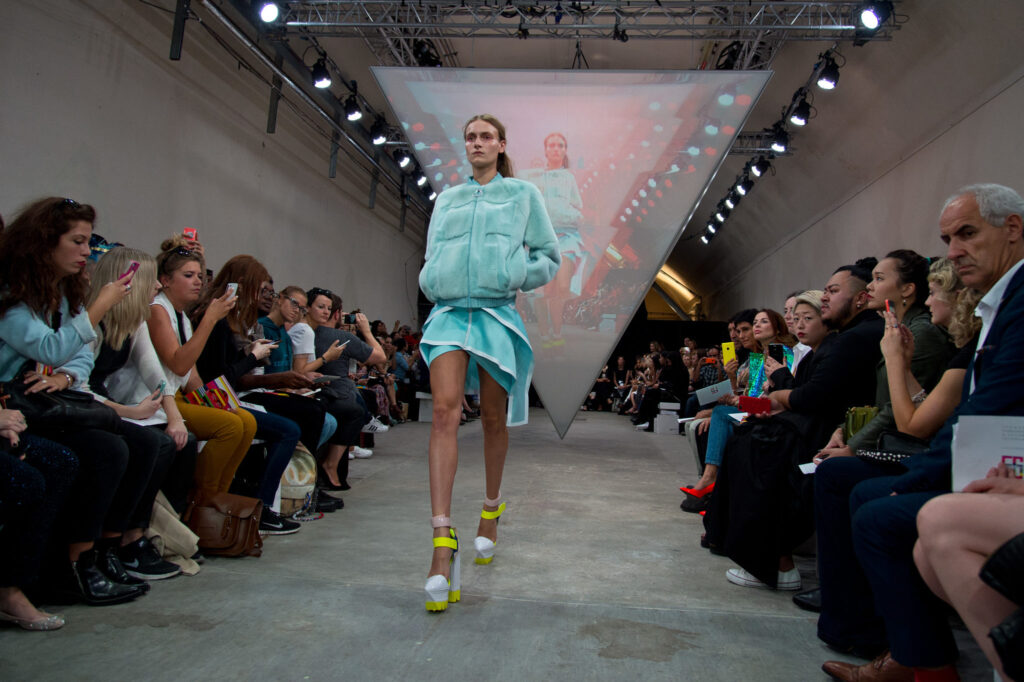
The revival of grunge fashion has been driven by changing consumer behavior. Young people today are more conscious about sustainability and are turning to vintage stores and online platforms like Depop to find grunge-inspired pieces. This shift reflects a broader trend towards more mindful consumption, where fashion is no longer just about looking good but also about making ethical choices. The grunge revival has also been facilitated by the rise of influencer culture, where individuals share their personal style on social media. These influencers play a crucial role in popularizing grunge fashion and making it more accessible to a global audience. The internet has democratized fashion, allowing anyone to adopt and adapt the grunge aesthetic, regardless of their geographical location.
Challenges and Criticisms
Commercialization of Grunge
One of the main criticisms of the grunge revival is its commercialization. As grunge elements have become more popular, they have been adapted into mainstream fashion, losing some of their original subversive power. Fast fashion retailers have capitalized on this trend, producing low-cost versions of grunge-inspired clothing for a mass audience. This commercialization dilutes the authentic, anti-establishment ethos of the original grunge movement. Critics argue that grunge, which was once a symbol of rebellion, has become a commodity stripped of its subcultural meaning. However, some see this as a natural evolution of fashion, where subcultures are absorbed into the mainstream and reinterpreted for a new audience.
Cultural Appropriation
Cultural appropriation is another challenge associated with the grunge revival. Critics argue that non-urban or non-punk subcultures have appropriated grunge fashion without understanding or respecting its roots. This appropriation can dilute the style’s original cultural significance, turning it into a trend devoid of the social commentary and anti-establishment sentiments that once defined it. Issues of cultural appropriation are particularly relevant as grunge fashion is reinterpreted for a mainstream audience that may not fully grasp its historical context. The challenge lies in maintaining the authenticity of grunge while allowing it to evolve and reach new audiences without losing its core identity.
Nostalgia and Fashion Innovation
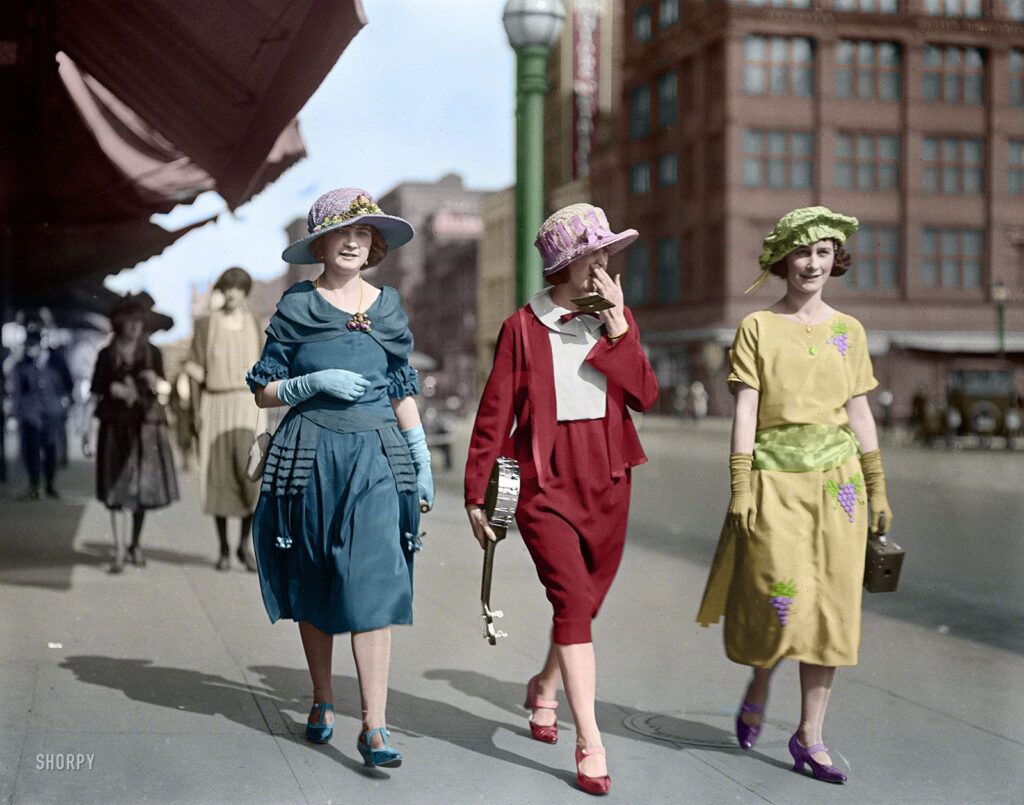
The nostalgia surrounding grunge can be a double-edged sword. While it offers a sense of comfort and connection to a simpler time, it can also hinder fashion innovation. The grunge revival tends to focus more on recreating iconic looks from the 90s rather than pushing the boundaries of fashion forward. This emphasis on nostalgia can lead to a lack of fresh ideas and new styles. Critics argue that grunge’s resurgence has not significantly advanced the fashion dialogue, as it primarily rehashes past trends rather than setting new ones. However, others view this as a cyclical nature of fashion, where past trends are reintroduced with new twists, contributing to the evolving landscape of style.
Conclusion
Grunge fashion’s revival is a testament to its enduring appeal and the power of subcultures to shape mainstream fashion. The integration of grunge aesthetics into modern fashion reflects broader cultural shifts, such as the emphasis on sustainability, individuality, and authenticity. The grunge look’s ability to adapt to new contexts while maintaining its core principles is a key part of its continued relevance. As we move forward, grunge’s influence on fashion is likely to remain strong, with designers and consumers alike continuing to reinterpret and celebrate its spirit. The grunge revival demonstrates how fashion can act as a mirror to societal changes, reflecting our desire for personal expression and a break from convention. Whether through collaborations with high-fashion brands, streetwear adaptations, or individual style choices, grunge remains a powerful cultural force in fashion today.
